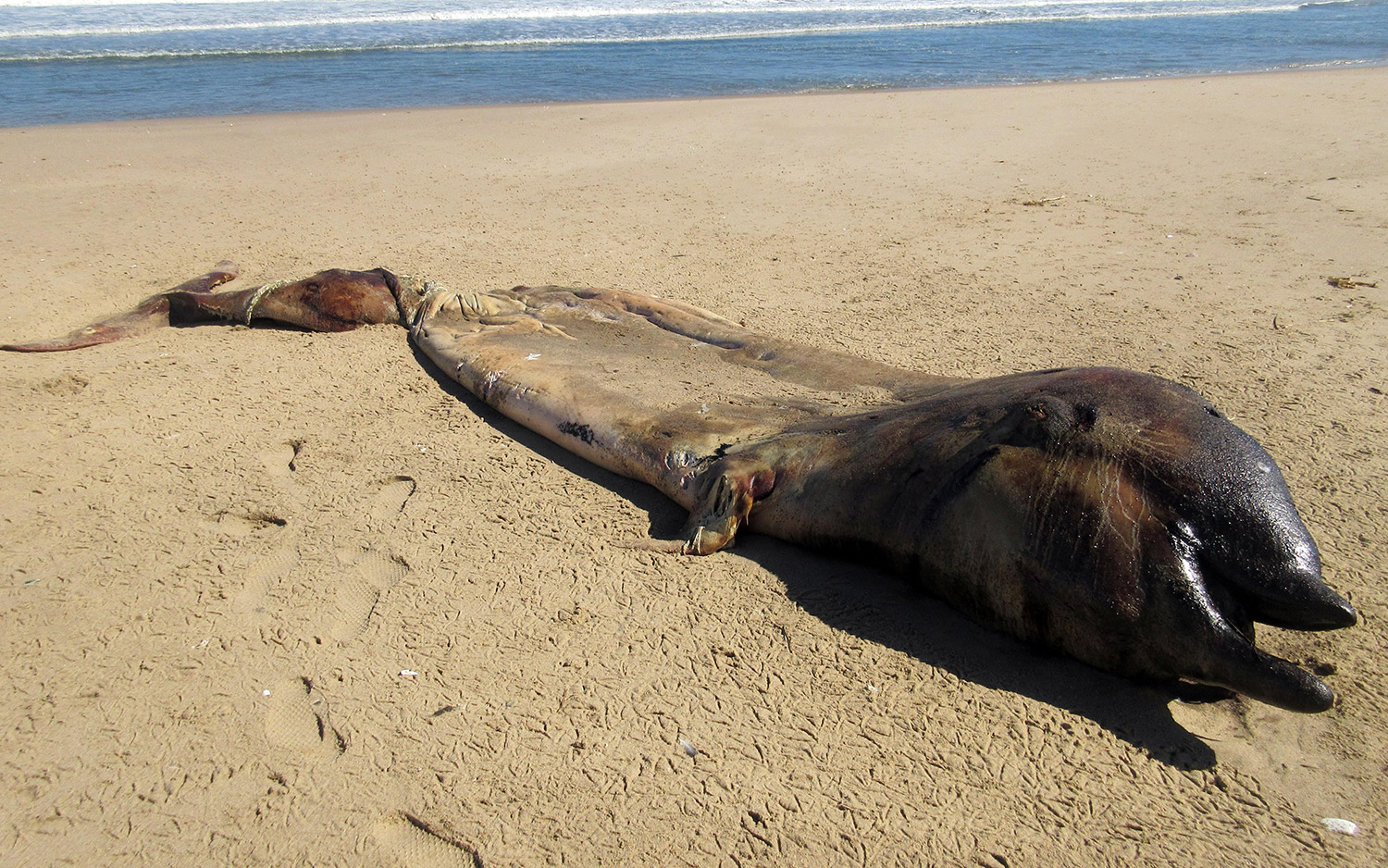

Even visitors in sturdy vehicles should treat them with exceptional respect.īlack rhinoceros Diceros bicornis Shoulder height 160cm. After several decades of persecution by humans, these elephants are now (understandably) noted for their aggression. These family groups have learnt where the rivers and waterholes are, probably from their elders, and can navigate through the Kaokoveld's mountains and dunes to find water. The isolated population which frequents the river valleys of the Kaokoveld are commonly known as 'desert elephants' – though desert-adapted might be a more accurate term. Every year a few break out of the park's elaborate fences. However, the herds still tend to head to the hills of western Etosha during the rains, returning to the pan several months later as the bush dries out. Etosha's boundary fence has stopped that. Until about 50 years ago Etosha's elephants used to migrate, spending the wetter parts of the year in the Kaokoveld and the drier months nearer to Etosha's permanent waterholes. In Namibia they are common in the Caprivi Strip and Etosha National Park, and in Kalahari areas around Khaudum. Elephants are widespread and common in habitats ranging from desert to rainforest. The world's largest land animal, the African elephant is intelligent, social and often very entertaining to watch. Most of the comments are taken from the Bradt guide to Namibia, which is written by Chris, one of our experts.Īfrican elephant Loxodonta Africana Shoulder height 2.3–3.4m. Below is a little information on Namibia's giant inhabitants, including African elephant, black & white rhino, hippo and giraffe – concentrating on Namibia-specific aspects. However, nothing online has turned up concrete evidence of fact or fiction.Namibia's wildlife is fascinating, and this is a key reason for many travellers to visit this vast country. Nearly a year later we are still waiting for the results from the forensic autopsy done on this creature, leaving us to believe it was all simply a hoax. Another theory is that it is a new species of pigmy, which has, until now, avoided our detection. Think back to Season 4, Episode 2 of The X-Files, entitled “Home.” The consequences of close inbreeding over the span of several generations can result in severe birth defects and other grotesque anomalies. The most reasonable explanation presented so far has been that of genetic deformities unfortunately caused by incessant, long-term inbreeding.

Of course “theories” about the creature’s origin flooded weird-news websites quickly following, including a possible relationship to a Mayan god legend. The creature was shot and killed, but not before the hunting party spied three additional “animals” fleeing into the undergrowth. The hunting party and their escorts took chase and followed the creature back to its lair where it turned on them and attacked in an attempt to defend itself. The “alien” was foraging for food, but when spotted, turned and fled.
#Alien creature found in namibia africa snopes skin
If the image, and the story are real, the figure is strikingly humanoid, with muppet-esque features, skin covered tentacles on its head, and what appears to be a case of “Patau Syndrome”, otherwise known as “Cyclops Syndrome.”Īccording to reports, the creature, which was to undergo a full forensic investigation by Namibian authorities after its capture, was spotted by locals as they were escorting a hunting party through the jungle. Undocumented new species are discovered all of the time here on Earth, but occasionally, people automatically assume the bizarre is actually “alien.” That said, the lone photo that has been circulating on the web since August of 2012 of the creature shot and killed in a Namibian forest is creepy, to say the least.


 0 kommentar(er)
0 kommentar(er)
